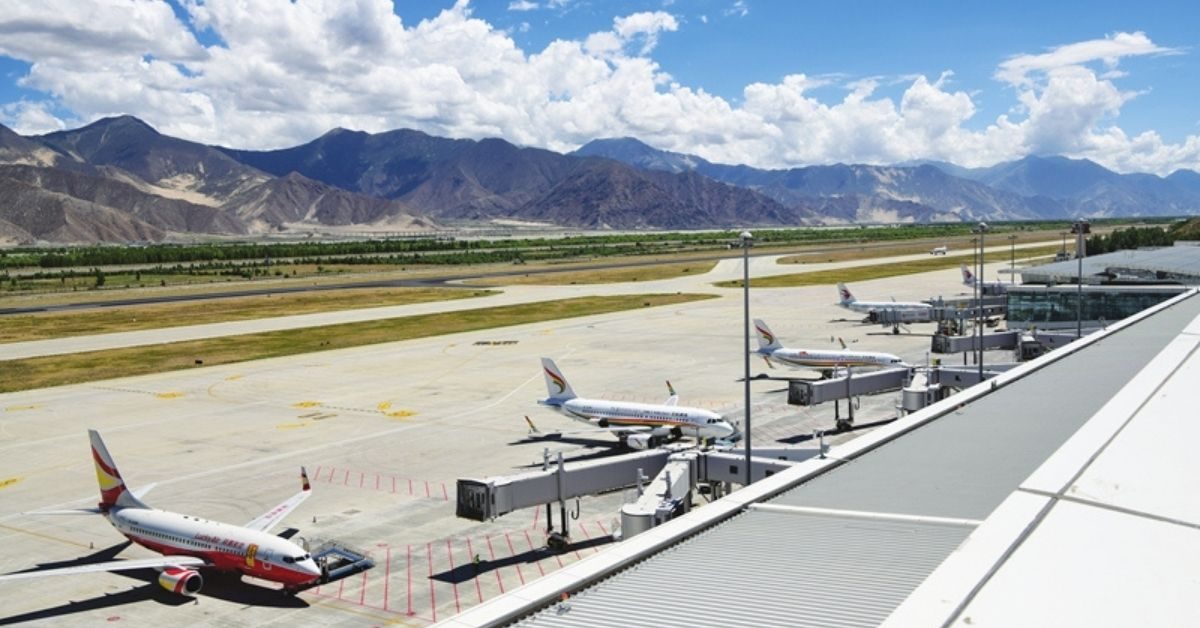Amazon.com Inc. is trying to sell excess space on its cargo planes, according to people familiar with the matter, its latest effort to adjust from a rapid pandemic-era expansion to a slowdown in online growth.
The e-commerce retailer, which has a fleet of about 100 planes in the US and Europe, in recent months has hired executives with experience marketing cargo space for airlines. Possibilities include filling empty jets returning from Hawaii and Alaska with pineapples and salmon, according to two of the people. An Amazon spokesperson declined to comment on the plans.
The long-term plan for Amazon Air hasn’t changed despite the current turmoil, said one of the people, who asked not to be identified as the discussions are confidential. The pressure to make money from unused space aboard its jets is increasing as the company looks to boost profits in a period of slower revenue growth, another person said.
Amazon unveiled the air cargo service in 2016, prompting speculation that it would ultimately create an overnight delivery network to rival United Parcel Service Inc. and FedEx Corp. Amazon Air operates out of smaller regional airports close to its warehouses around the country, helping the Seattle-based company quickly move inventory to accommodate one- and two-day delivery.
The company’s ultimate goal has befuddled industry experts, who have written conflicting reports about Amazon’s ambitions. Fast growth in its earlier years and a $1.5 billion investment in a hub at Cincinnati/Northern Kentucky International Airport fueled speculation that the company was ramping up to be an overnight parcel service. Other investors said Amazon remains far shy of larger carriers like FedEx and UPS, which have more planes and more flight connections that don’t overlap with Amazon’s core online retail business.
Demand for air cargo has cooled this year, and is expected to tail off again in 2023. IATA, an airline trade group, projects the sector will generate sales of $149.4 billion, about $52 billion less than 2022 but still $48.6 billion more than in 2019.
Amazon’s flights in September grew at their slowest pace since the start of the pandemic, according to researchers with DePaul University’s Chaddick Institute for Metropolitan Development, who have been monitoring Amazon Air flights since 2020.
Despite slowing demand, Amazon in October announced it would add 10 Airbus A330-300 freighters starting next year through a partnership with Hawaiian Airlines. Amazon plans to also trim its fleet by not renewing some leases for aircraft with Air Transport Services Group, two of the people said.
Even the largest package carriers are tightening belts as consumers resume pre-pandemic spending habits, which takes pressure off the shipping industry. FedEx on Dec. 20 unveiled plans to cut $3.7 billion in expenses next year, with the cost cuts including using digital tools to rebalance flights between company-owned jets and lifts from third-party operators.
Amazon is offering space on its planes, and charter flights, said one of the people. The effort is the latest maneuver to address slowing online sales and a fragile economy that could be on the brink of recession, including subletting excess warehouse space and eliminating an estimated 10,000 jobs.








